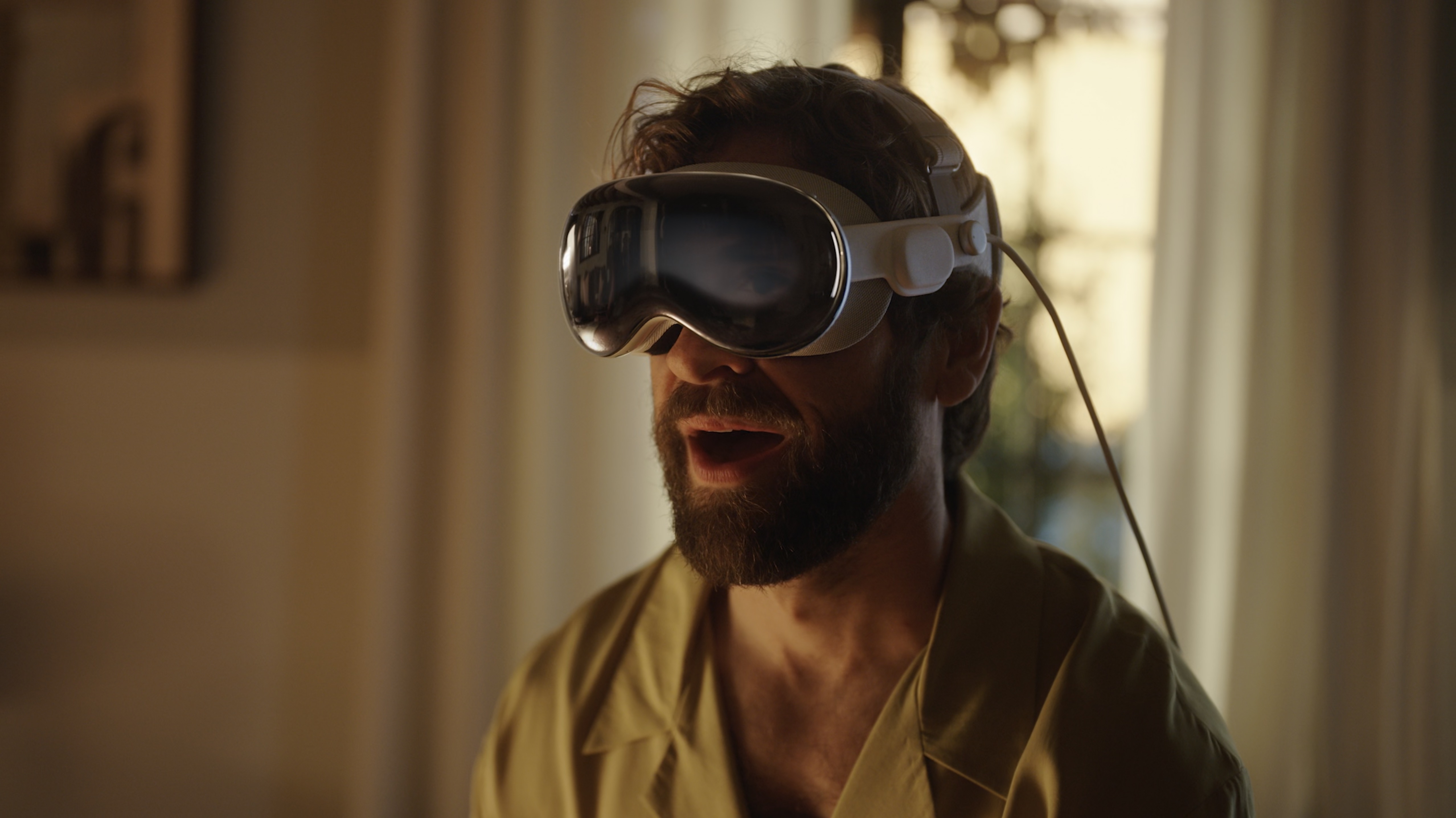You can't use an Apple Vision Pro headset while you're walking no matter what social media might try to tell you
Vision Pro doesn't like you wandering around.

Apple's Vision Pro headset is now on sale and those who had preorders in early on January 19 are already enjoying their spatial computers. We've seen plenty of Vision Pro reviews and reports from people who have now spent a few days with the headset and the consensus has been largely positive. But quite apart from the headset's features and capabilities, one thing has started to get plenty of attention — the people who bought one.
Whenever Apple launches a new product there are people who set about finding ways to turn it into entertainment. Gone are the days of people putting iPhones into blenders (thankfully) but we still see people dropping them on purpose to see if they break. The Vision Pro is no different, and a number of people have posted videos to social media like X and TikTok to show themselves using the headset to the fullest. And others have shared videos of them doing the strangest things.
Ignoring the terrible idea that is driving a Tesla while wearing a Vision Pro for moment, one thing that we've seen is people walking around while supposedly using their Vision Pro. We see them wandering around, hands flailing as they supposedly interact with apps on the go. Not only do they look a bit silly, but worse, they're fake. Because despite what they want you to believe, you can't use the Vision Pro while walking around.
Moving on
One of the videos that we've seen is embedded below and it shows someone getting out of a Tesla Cybertruck — and doing their best to break its door as they go — before storming across the the street. There is absolutely no doubt that this is fake just from looking at the exaggerated hand movements that are seen in the video. But more importantly, that just isn't how the Vision Pro works.
This has to be the hardest, most futuristic exit of a Cybertruck owner anyone has ever seen thus far 🔥pic.twitter.com/7uY8tbg7IOFebruary 4, 2024
See, one of the key aspects of what makes the Vision Pro so interesting is its ability to lock apps and windows in 3D space without them moving around. That means that you can place a timer above the stove, walk off, and then return to find it where you left it. It's a key part of the visionOS experience, and it appears to be pretty great. But it's also why these videos can't be real.
If they were real, these people would be walking away from their apps and windows, literally walking through them in some cases. The apps wouldn't follow them — although there is a developer setting that locks windows to the wearer's head, not the environment — which makes the whole thing pointless.
You can get a feel for how this works in Casey Neistat's video review — he opens the Apple TV app on a tube train only for it to slide away as the car starts to move.
iMore offers spot-on advice and guidance from our team of experts, with decades of Apple device experience to lean on. Learn more with iMore!
So there we have it. These videos might go viral, but they're fake, just like so many of the videos that go viral on social media.
As for the headset itself, that's available in the United States now with prices starting from $3,499 for a 256GB model and more storage is available should the buyer need it. Stocks are hard to come by, however, and an international launch is expected within the next few months although Apple is yet to confirm that. Previous reports suggest that Apple may bring the Vision Pro to more countries before the WWDC 2024 event that will likely take place in June.
More from iMore

Oliver Haslam has written about Apple and the wider technology business for more than a decade with bylines on How-To Geek, PC Mag, iDownloadBlog, and many more. He has also been published in print for Macworld, including cover stories. At iMore, Oliver is involved in daily news coverage and, not being short of opinions, has been known to 'explain' those thoughts in more detail, too.
Having grown up using PCs and spending far too much money on graphics card and flashy RAM, Oliver switched to the Mac with a G5 iMac and hasn't looked back. Since then he's seen the growth of the smartphone world, backed by iPhone, and new product categories come and go. Current expertise includes iOS, macOS, streaming services, and pretty much anything that has a battery or plugs into a wall. Oliver also covers mobile gaming for iMore, with Apple Arcade a particular focus. He's been gaming since the Atari 2600 days and still struggles to comprehend the fact he can play console quality titles on his pocket computer.
